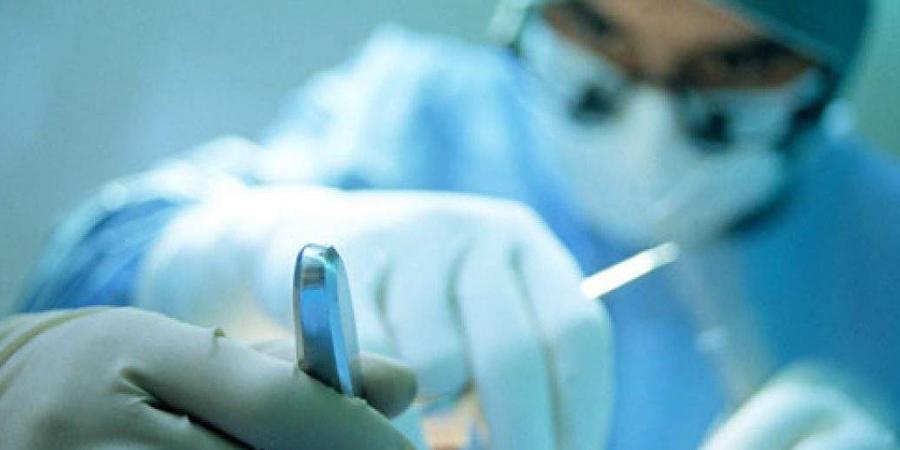After compulsory quarantine for 14 days under COVID-19 protocol, the patient underwent a successful robot-assisted surgery on August 7.

NEW DELHI: A 50-year-old man from Mumbai, who suffered from a rare condition in which the stomach bulges into the chest through an opening in the diaphragm, underwent life-saving robot-assisted surgery at a hospital here, doctors said.
The reason for this condition can be weakening of the muscle wall or a penetrating injury that went undiscovered for months, they said.
The patient had been suffering from multiple episodes of breathlessness and vomiting for the past month, said Arun Prasad, senior consultant, Surgical Gastroenterology and Bariatric Surgery at Indraprastha Apollo Hospitals, New Delhi.
When his condition deteriorated with severe chest burn and stomach ache in mid-July, doctors in Mumbai conducted a CT scan which revealed that his stomach was being pulled into his chest causing pressure in his lungs, stomach and heart progressively.
“If surgical intervention was delayed any further the condition would have worsened into twisting and compromising the blood supply to the stomach causing stomach gangrene, a life-threatening condition,” Prasad underlined.
The patient’s family decided to get him treated in Delhi following tele-consultation with Prasad.
After compulsory quarantine for 14 days under COVID-19 protocol, the patient underwent a successful robot-assisted surgery on August 7, the doctors said.
“The condition where the stomach gets pulled into the chest is usually seen in newborn children as a congenital defect, but is exceedingly rare in adults. The reasons can be varied like injury in the abdominal area, age-related changes in diaphragm, persistent pressure on belly due to obesity or pregnancy in case of women,” Prasad said.
Abhishek Tewari, consultant, Minimal Access Surgery at Indraprastha Apollo Hospitals, said the patient underwent a two hour long robot-assisted surgery where the stomach was moved back from the chest cavity to the abdominal cavity.
“The patient responded to the surgery very well and was discharged on August 10, within three days of the procedure,” he said.
Talking about the surgery, Prasad said, “Through master controls for hand movements and precision-guided robotic arms, we were able to manipulate miniature instruments and make key hole-sized incision on the patient’s abdomen.
“Through this tiny incision, a small video camera was inserted that gave us a magnified 3D image of the operating site,” he said.
Ever since the advent of coronavirus, Tewari said people have been apprehensive about getting any medical procedures done for fear of contracting the virus and developing further complications.
In a scenario like this, he said, robot-assisted surgeries play a very important role as they are characterised by shorter stays at hospitals, minimal blood loss, practicing social distancing (surgeon sits on a console and guides the procedure via robotic instruments), ensuring minimum contact between patients and staff.
